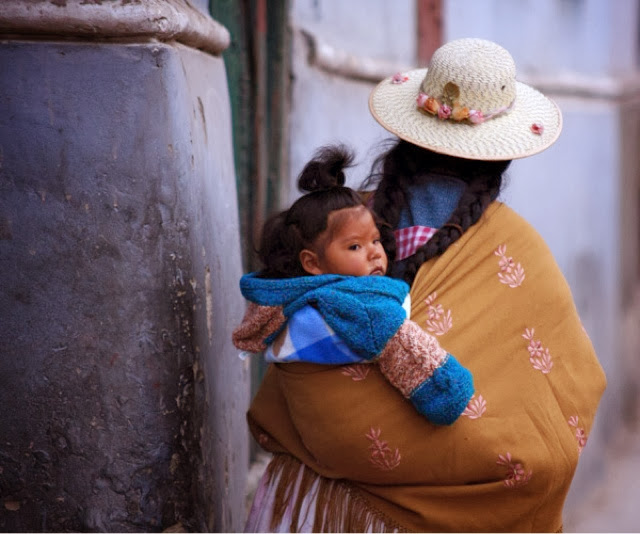Inside a camera obscura is a completely dark room, a tiny hole is created in one wall.
Through the hole light is focused, and the outside scene is projected
(upside down) on the opposite wall.The hole acted like a lens, focusing and projecting light onto the wall of the dark chamber.
In the 17th century, the modern camera came one step closer when Isaac Newton and
Christian Huygens perfected the understanding of optics and the process of making high quality glass lenses .
In
1827 Joseph Nicéphore Niépce added the final touch. He
added *film* to create the first successful photograph, and the modern
camera was born. He used A glass lens, a dark box, and film.
Niepce’s camera and modern digital cameras are both common because light passes through the lens, into the camera, and exposes the film.
digital cameras capture the images with an electronic sensor called a CCD.
With auto mode
the camera will completely control flash and exposure.
But with program mode the camera will automatic-assist, just point and shoot. Unlike full auto mode, you can usually control flash and a few other camera settings.
The Portrait mode is to attempt to blur out the background, camera will try to use the fastest available lens setting (aperture).
The sports mode is used for freezing
motion, camera will use the highest shutter speed possible.
You should do a half press on the trigger button because If the subject is somewhat off-centre, the auto-focus may be fooled. A half-press will
tell the camera that you're almost ready to take a shot and to be
prepared .
Disabled Flash means no flash.
Auto-Flash is in most camera modes, Auto-flash is enabled by default and will
automatically fire if the camera thinks it needs more light.
if using too much light and the picture will be washed out. if not enough light and the picture will be too dark.
The term "stop" is used in every aspect of photography
to represent a relative change
in the brightness of light.


















































